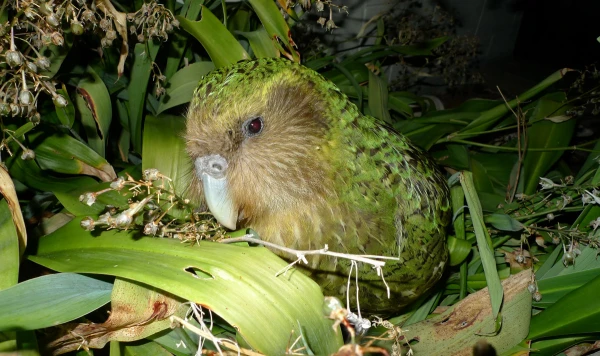
Creating a complete catalog of genomes is a colossal task.
A grand scientific initiative is currently underway to decode the genetic sequences of 1.85 million eukaryotic species inhabiting our planet. The unprecedented Earth BioGenome Project (EBP) could fundamentally transform our knowledge in the field of biology, with target milestones expected to be achieved by 2028. The acceleration of this process has become a reality thanks to the implementation of AI, which provides researchers with tools not only for recording and organizing DNA data but also for ensuring the highest accuracy in analyzing billions of molecular components.
Creating a complete catalog of genomes for nearly two million species is a colossal task, yet its significance for the advancement of biological sciences is hard to overestimate. Although the EBP has only reached a small fraction of its ultimate goal to date, progress in artificial intelligence and automation technologies is significantly speeding up the work. For instance, the DeepVariant algorithm released in 2018 ensures accurate reconstruction of the complete human genomic sequence based on data from sequencing systems.
This year, genomics specialists from Google Research introduced the DeepPolisher tool designed to improve the quality of genome assembly. According to the developers, the system can reduce the number of errors by 50% and prevent the omission of genetic variants associated with diseases in annotation programs that analyze raw data and determine gene functions. Such tools help scientists develop disease prevention strategies for wild animals and create effective campaigns for the conservation of species that may become extinct.
A striking example of the successful application of genomic technologies is the story of saving the kakapo – a flightless parrot from New Zealand. By 2015, the population of this species had dwindled to a critical 49 individuals, but thanks to genomic analysis of each remaining bird, specialists were able to identify individuals with the greatest genetic diversity. As a result, the population was increased to more than 250 individuals over three generations.














Leave a comment